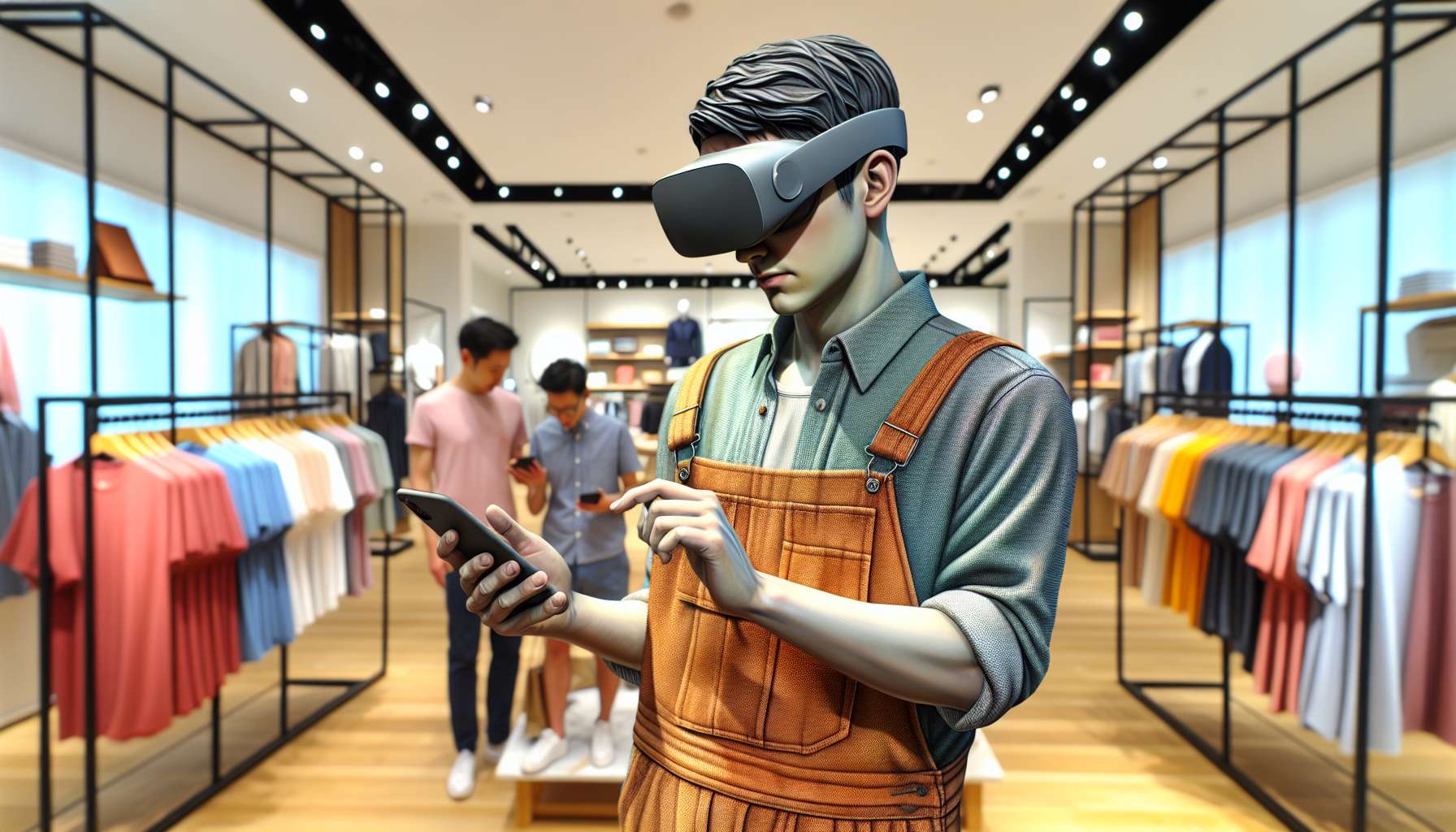Transforming Retail Profit Margins with Augmented Reality Applications
As the retail industry continues to evolve, businesses are constantly seeking innovative ways to enhance their profit margins. One technology that has gained significant attention in recent years is augmented reality (AR). By blending the virtual world with the real world, AR has the potential to revolutionize the retail experience and drive increased sales. In this article, we will explore the various applications of AR in the retail sector and how it can help boost profit margins.
Enhancing Customer Engagement
One of the key advantages of AR in retail is its ability to enhance customer engagement. By integrating AR into their shopping experience, retailers can provide customers with a more interactive and immersive environment. For example, imagine a customer trying on clothes virtually without having to physically visit a store. This not only saves time but also allows customers to make more informed purchasing decisions, ultimately leading to increased sales and higher profit margins.
Personalized Shopping Experiences
AR technology enables retailers to offer personalized shopping experiences tailored to individual customers. By analyzing customer data and preferences, retailers can create virtual showrooms that showcase products specifically curated for each customer. This level of personalization not only enhances customer satisfaction but also increases the likelihood of making a sale. When customers feel that a retailer understands their needs and preferences, they are more likely to make repeat purchases, resulting in improved profit margins.
Reducing Product Returns
Product returns can significantly impact a retailer’s profit margins. However, AR can help mitigate this issue by allowing customers to virtually try products before making a purchase. For instance, furniture retailers can use AR to enable customers to visualize how a particular piece of furniture would look in their homes. By reducing the uncertainty associated with online shopping, AR can help minimize product returns and associated costs, ultimately improving profit margins.
Streamlining Inventory Management
AR can also play a crucial role in streamlining inventory management processes. By utilizing AR-powered smart glasses or mobile devices, retail staff can easily locate and track inventory in real-time. This not only improves efficiency but also reduces the likelihood of stockouts or overstocking, both of which can negatively impact profit margins. With AR, retailers can optimize their inventory levels, ensuring that they have the right products available at the right time.
Driving Upselling and Cross-selling
AR can be a powerful tool for driving upselling and cross-selling opportunities. By overlaying virtual product recommendations or complementary items onto the real-world shopping experience, retailers can encourage customers to make additional purchases. For example, a customer trying on a pair of shoes could be shown virtual accessories that perfectly complement their chosen footwear. By leveraging AR to suggest relevant products, retailers can increase the average order value and ultimately boost profit margins.
Conclusion
Augmented reality applications have the potential to transform the retail industry and significantly impact profit margins. By enhancing customer engagement, personalizing shopping experiences, reducing product returns, streamlining inventory management, and driving upselling and cross-selling, AR can help retailers achieve their financial goals. As the technology continues to advance, it is crucial for businesses to explore and embrace AR to stay ahead of the competition and thrive in the ever-evolving retail landscape.





